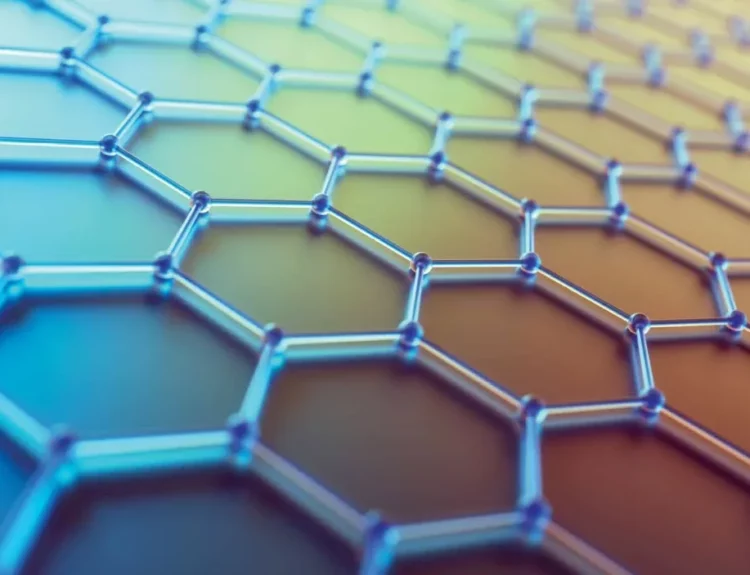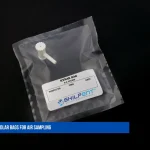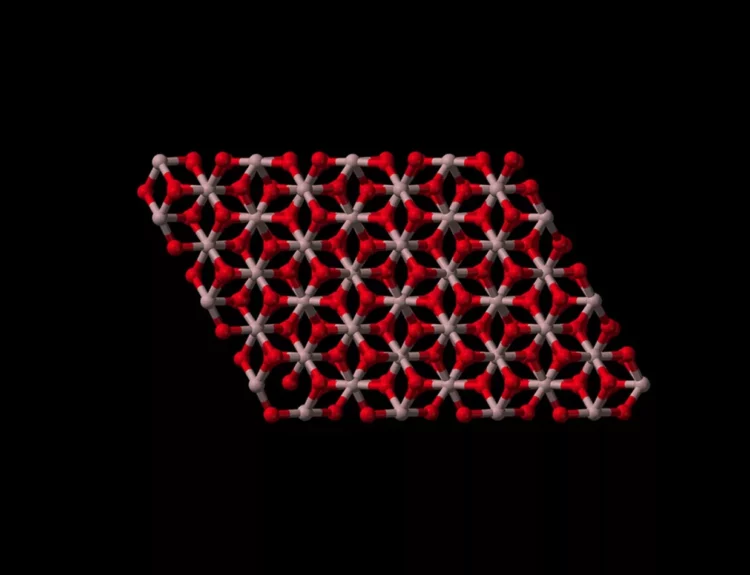What Are Graphene Nanoplatelets?
Graphene nanoplatelets (GNPs) are tiny flakes of carbon atoms arranged in a flat, honeycomb pattern. They are like super-thin sheets, often just a few layers thick, with incredible strength, conductivity, and heat resistance. Because of these properties, they are used in advanced materials, batteries, coatings, and electronics.
Key Properties of Graphene Nanoplatelets
Strong and Lightweight
GNPs are one of the strongest materials known—even stronger than steel!
Despite their strength, they are very lightweight and flexible.
Excellent Electrical Conductor
They conduct electricity better than copper, making them great for electronics.
The number of layers affects conductivity—fewer layers usually mean better performance.
Super Heat-Resistant
GNPs can spread heat very quickly, which is helpful in cooling electronics.
They stay stable even at very high temperatures (up to 600°C in air).
High Surface Area
A single gram of GNPs can have a surface area as big as a football field!
This makes them great for batteries, sensors, and filters.
Chemical Resistance
Pure GNPs don’t react easily with other chemicals.
But scientists can modify them to mix better with plastics or metals.
How Do We Study Graphene Nanoplatelets?
To use GNPs effectively, we need to check their quality and structure. Here are some standard methods:
Microscopes for Tiny Details
SEM (Scanning Electron Microscope): Takes high-resolution pictures of GNP surfaces.
TEM (Transmission Electron Microscope): Shows individual layers and defects.
AFM (Atomic Force Microscope): Measures thickness and roughness at the atomic level.
Light-Based Tests (Spectroscopy)
Raman Spectroscopy: Uses lasers to check how many layers a GNP has and if there are defects.
XPS (X-ray Photoelectron Spectroscopy): Identifies elements and chemical bonds on the surface.
FTIR (Infrared Spectroscopy): Detects functional groups (like oxygen or hydrogen) attached to GNPs.
X-ray Diffraction (XRD)
It helps determine the distance between layers and how well-ordered the structure is.
Testing Heat and Electricity
TGA (Thermogravimetric Analysis): Measures how much weight is lost when heated, showing stability.
Four-Point Probe: Checks electrical conductivity.
Laser Flash Analysis: Measures how fast heat travels through GNPs.
Measuring Surface Area (BET Analysis)
It tells us how much surface area GNPs have, which is essential for batteries and filters.
Where Are Graphene Nanoplatelets Used?
Stronger plastics and composites (for cars, planes, and sports gear).
Faster-charging batteries and supercapacitors.
Heat-dissipating materials in smartphones and computers.
Anti-corrosion and conductive coatings.
Conclusion
Graphene nanoplatelets are a powerful nanomaterial with incredible strength, conductivity, and heat resistance. Using advanced testing methods, scientists and engineers can ensure GNPs work perfectly for different applications. As research continues, we’ll see even more exciting uses for this wonder material.






